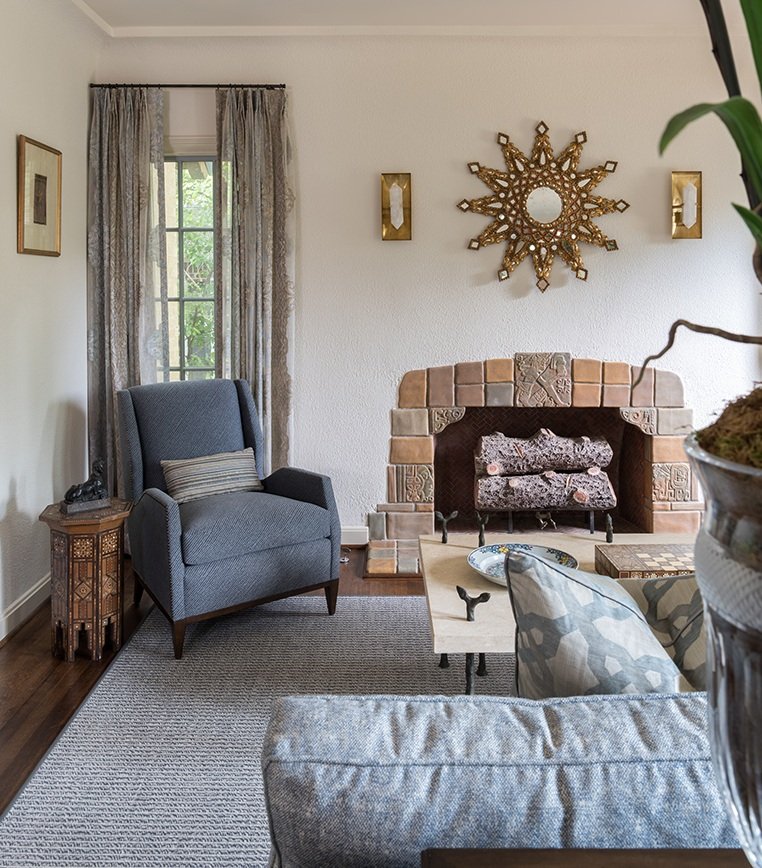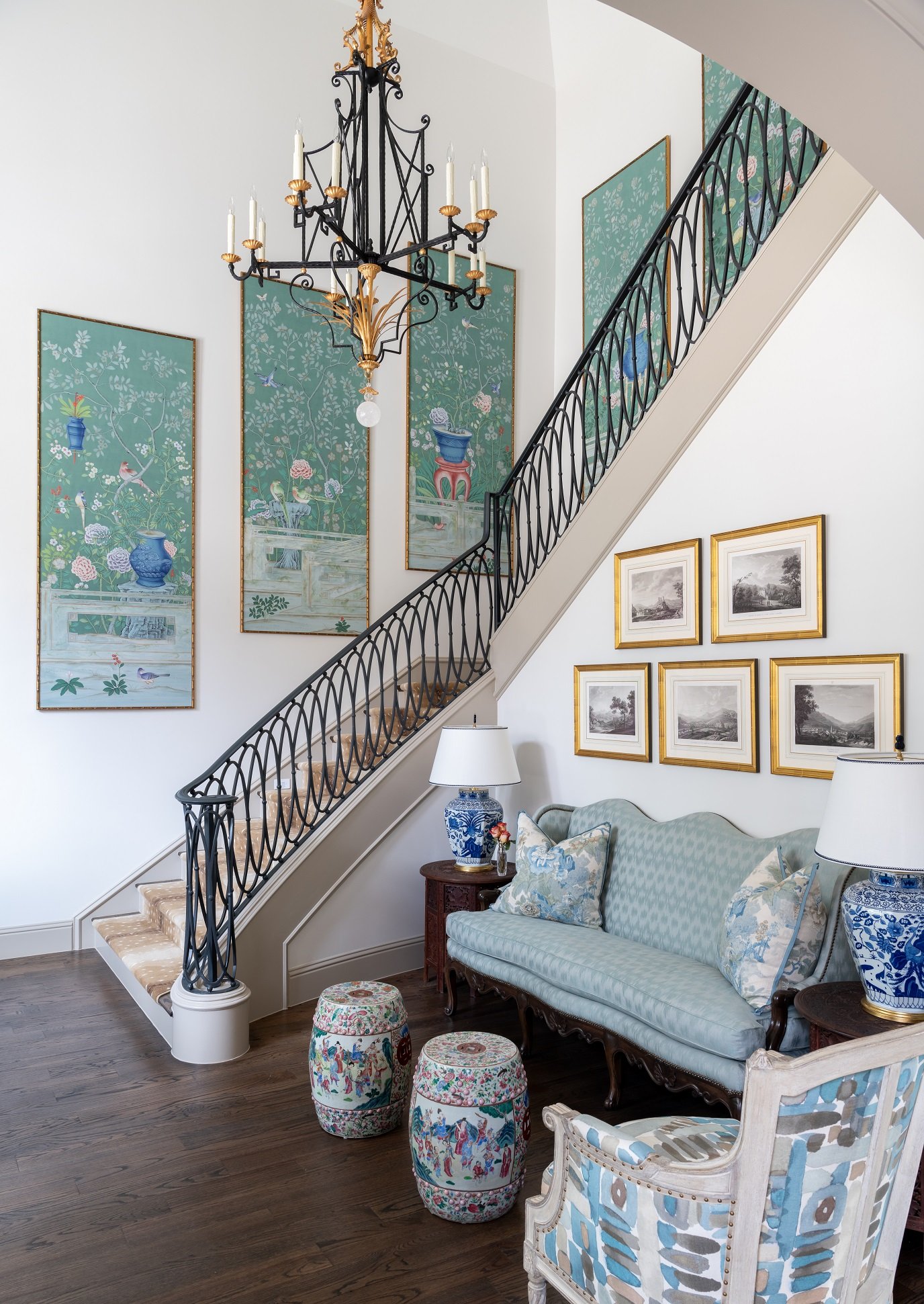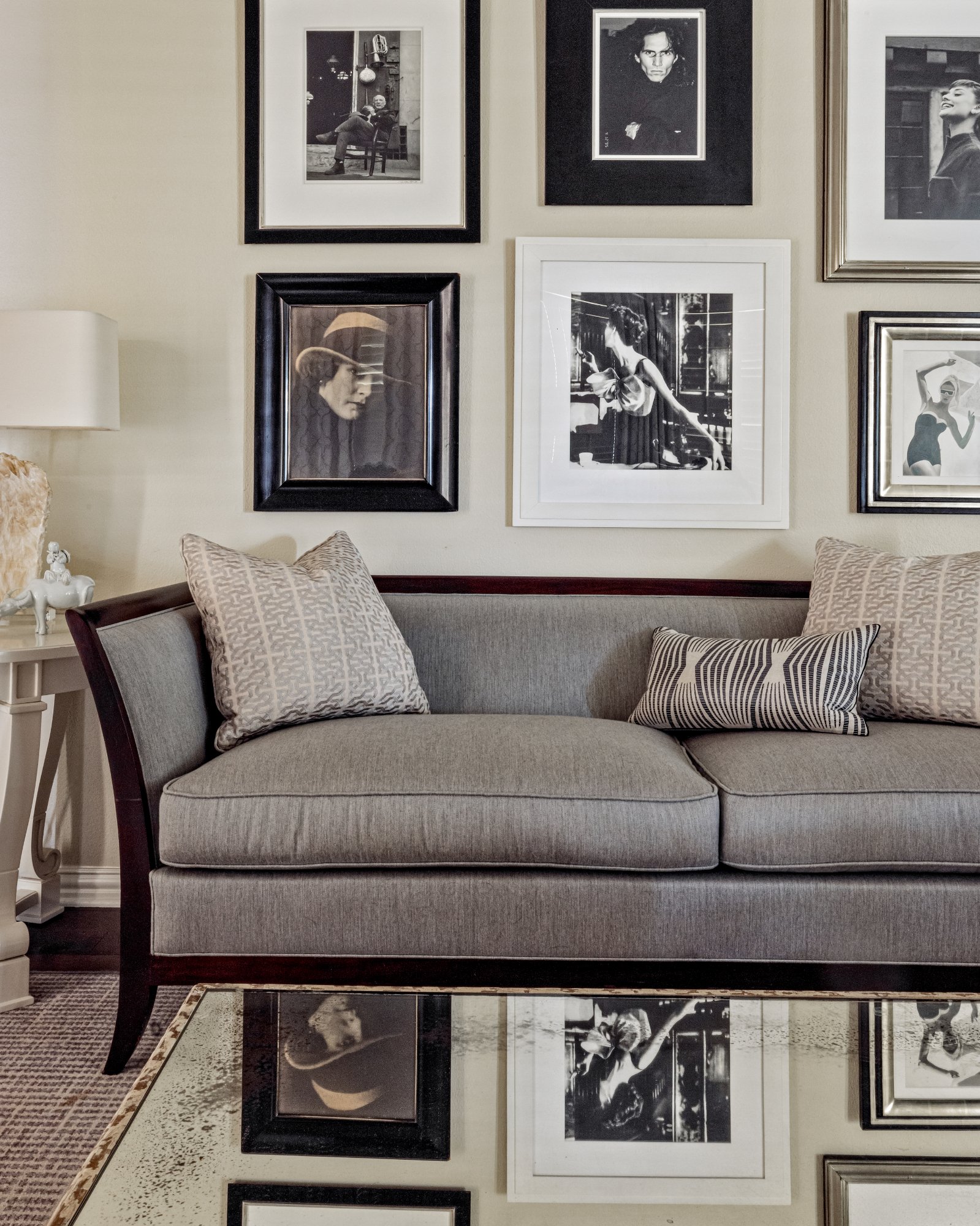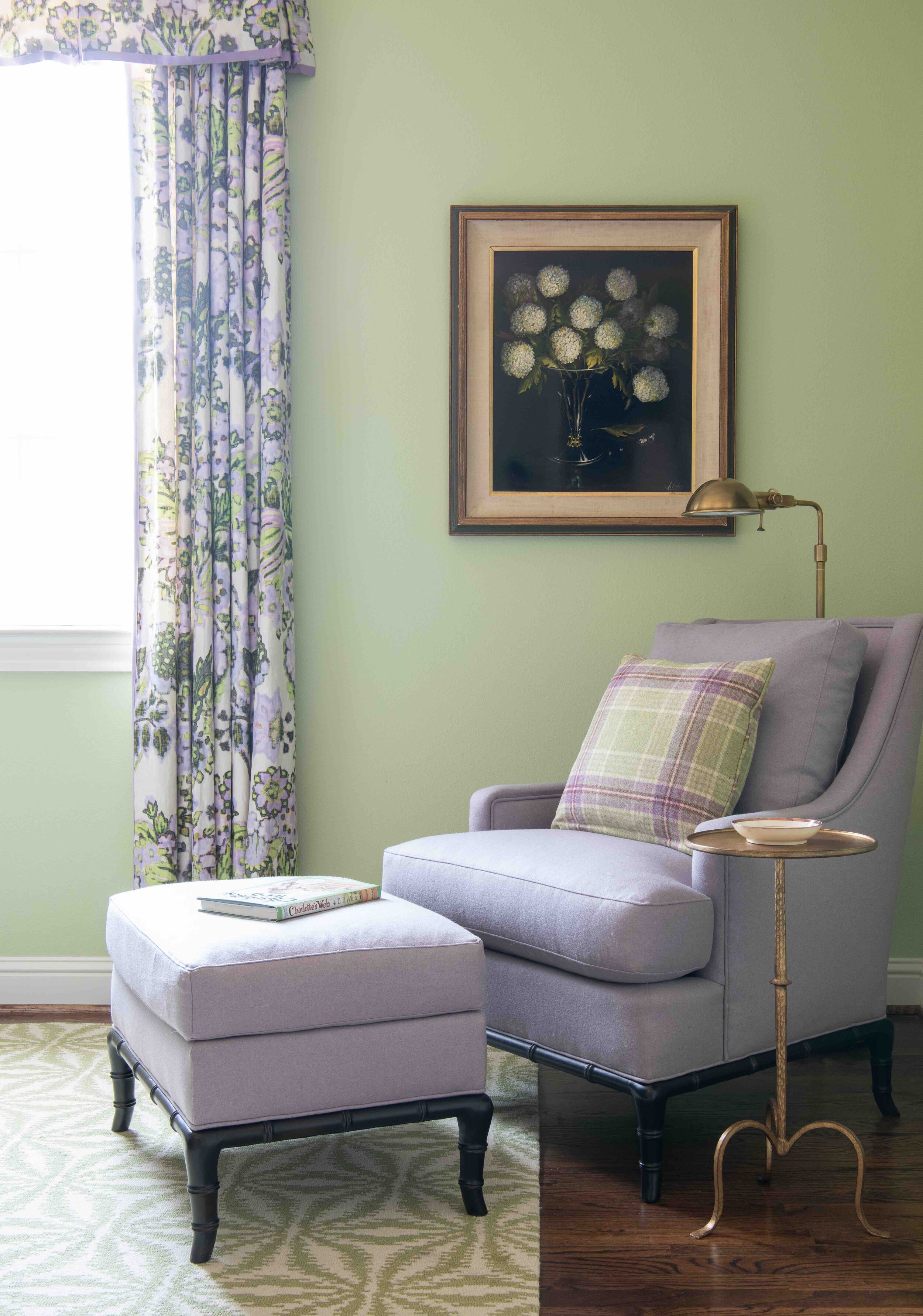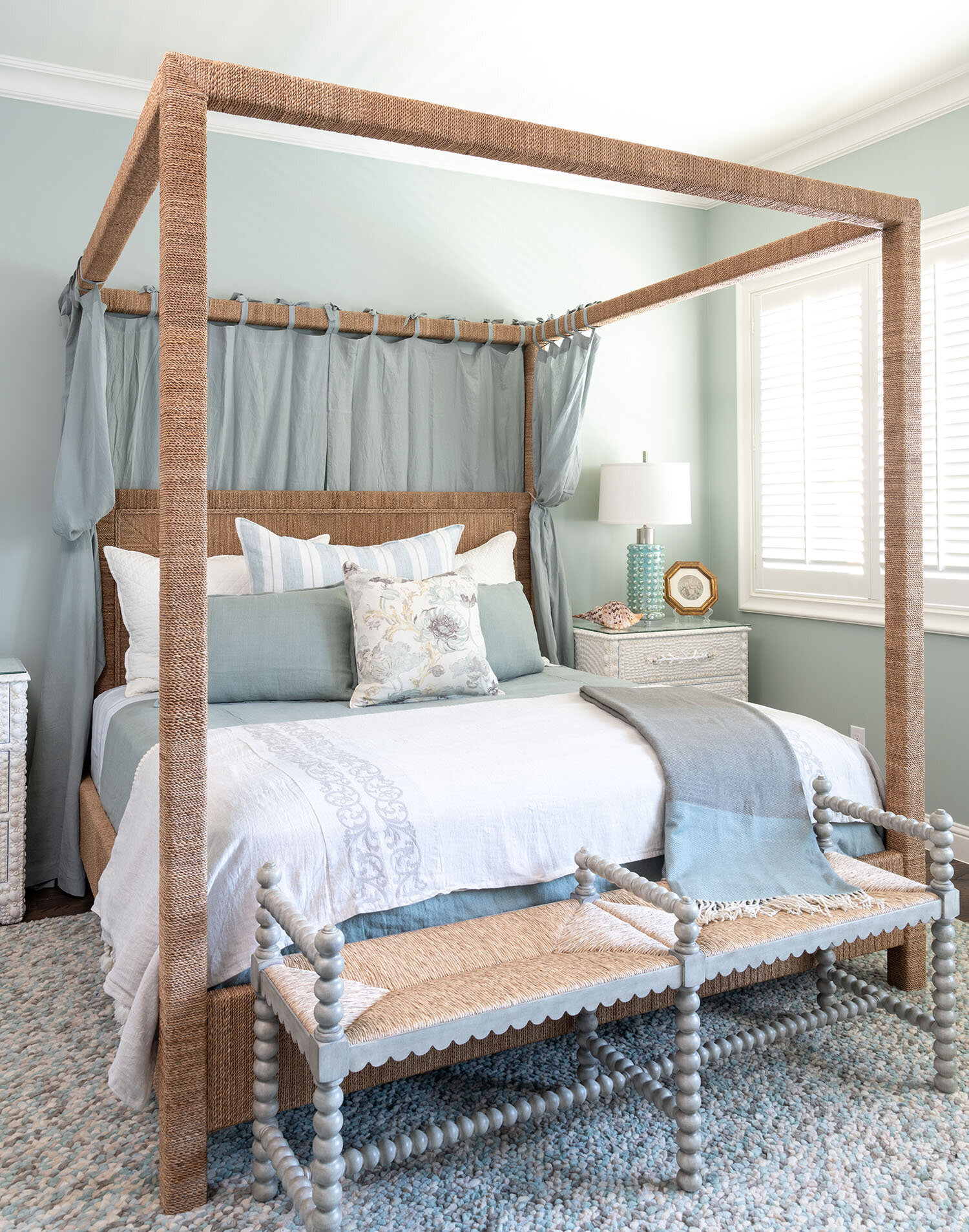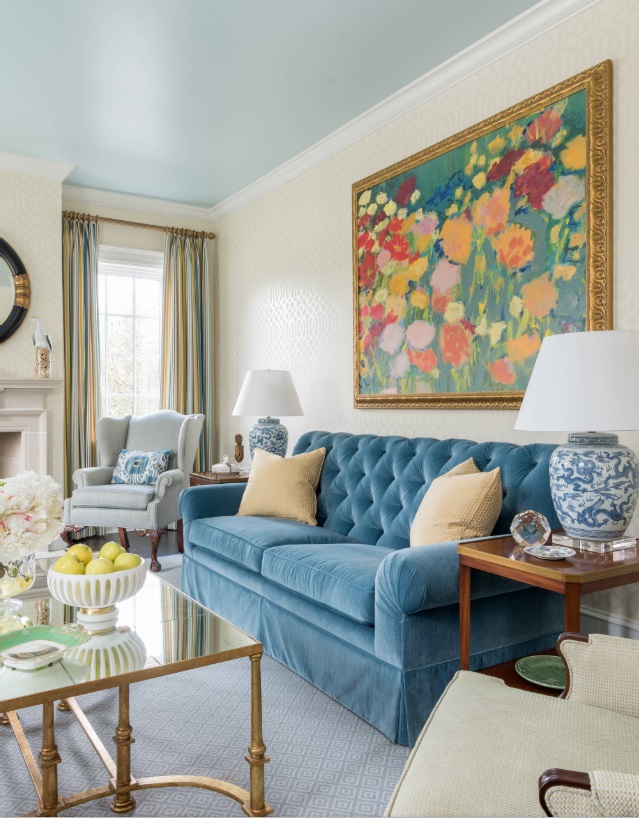When we renovated this Spanish Colonial house in Kessler Park, we left the existing fireplace. It is surrounded with Rookwood tiles.
If you don’t have a fireplace, you may have wondered about what it takes to have one built. There are a lot of options out there: how do you decide which one is best for your Dallas home? On the other hand, maybe you have a fireplace already and want to give the mantel a major facelift for the holidays. Whether you already have a fireplace or are building a house for the first time, these tips should help you get started in your design process.
If you’re planning on adding a fireplace to your next home, you should start by selecting the basic type that you want:
Wood-Burning Fireplaces:
For many people, nothing beats the nostalgia, warmth, crackling sounds and aroma of a natural wood fire. Traditional wood-burning fireplaces come in handy during a power outage because they require no gas or electricity. However, they are an inefficient heating source compared to newer alternatives.
Gas Fireplaces:
Gas fireplaces do not require a chimney and can be controlled with the push of a button. They are also more energy efficient and environmentally friendly than traditional wood-burning fireplaces. The main requirements for a gas fireplace are a gas supply line and a venting mechanism, such as a chimney or metal tubing.
Gas logs are actually made of ceramic and placed above the gas burner to imitate the look of a real wood fireplace. Personally, I don’t mind gas logs. They’ve gotten more realistic and are convenient and easy to clean.
This dramatic fireplace is one of the architectural highlights of this home, which was designed by Bernbaum Magadini Architects, one of Dallas’s finest contemporary architecture firms.
Fireplace Style and Design:
It’s really important for a fireplace to be in the same style of the architecture of the house and proportional to the rest of the room it’s in. In my opinion, fireplaces should have a good size opening, preferably forty by forty inches. I also like to do a nice background, like a herringbone pattern, in the interior brick. If the mantel is wood, there needs to be one foot of noncombustible material around it. This material could potentially be cast stone, limestone, or brick. In my designs, I like for the firebox to go to the floor, which has a more classical look.
Keep in mind that the mantel should have enough depth for decorations: eight to ten inches deep, or deeper for a large fireplace. It’s also a good idea to have a plug above the center of the fireplace mantel for Christmas lights.
Sometimes all a fireplace mantel needs is a large piece of artwork over it, like this Audubon painting above the fireplace in the foyer of SMU’s Kappa Alpha Theta house. Fusch Architects designed this project.
Decorating Your Fireplace Mantel:
Since the fireplace is usually the focal point for a room, make sure it’s something that you want to look at. I recommend hanging a large piece of art or a mirror in the center that serves as an anchor for the decorative accessories in front of it. To create interest and lead a person’s eye all across the mantel, vary the height of the objects and include contrasting colors.
In this Hill Country farmhouse, we decorated the stone fireplace with a metal compass sculpture, rocking horse, candlesticks, and grass bouquet.
Note that if the mantel is crammed with too many accessories and picture frames, nothing stands out. On the other hand, mantels with just a couple of small items look underwhelming. Take a look at pictures of professionally decorated fireplaces to get a good idea for how many items to use and how big they should be. I usually use three to five items, such as a tea caddy in the center and candlesticks or vases on either side.
Although fireplaces may not get used often here in Dallas, now is the time of year when people are grateful to have them. Fireplaces are also a popular amenity that can raise the value of your home. If you’d love to include a fireplace in your dream home but find all the different options dizzying, consider connecting with an interior designer.
An interior designer like myself can help lay out the options for you and add the finishing touches to your mantel after the house is built. You can reach us by calling our Dallas office at 214-651-7665 or sending an email to info@chambersinteriors.com.

